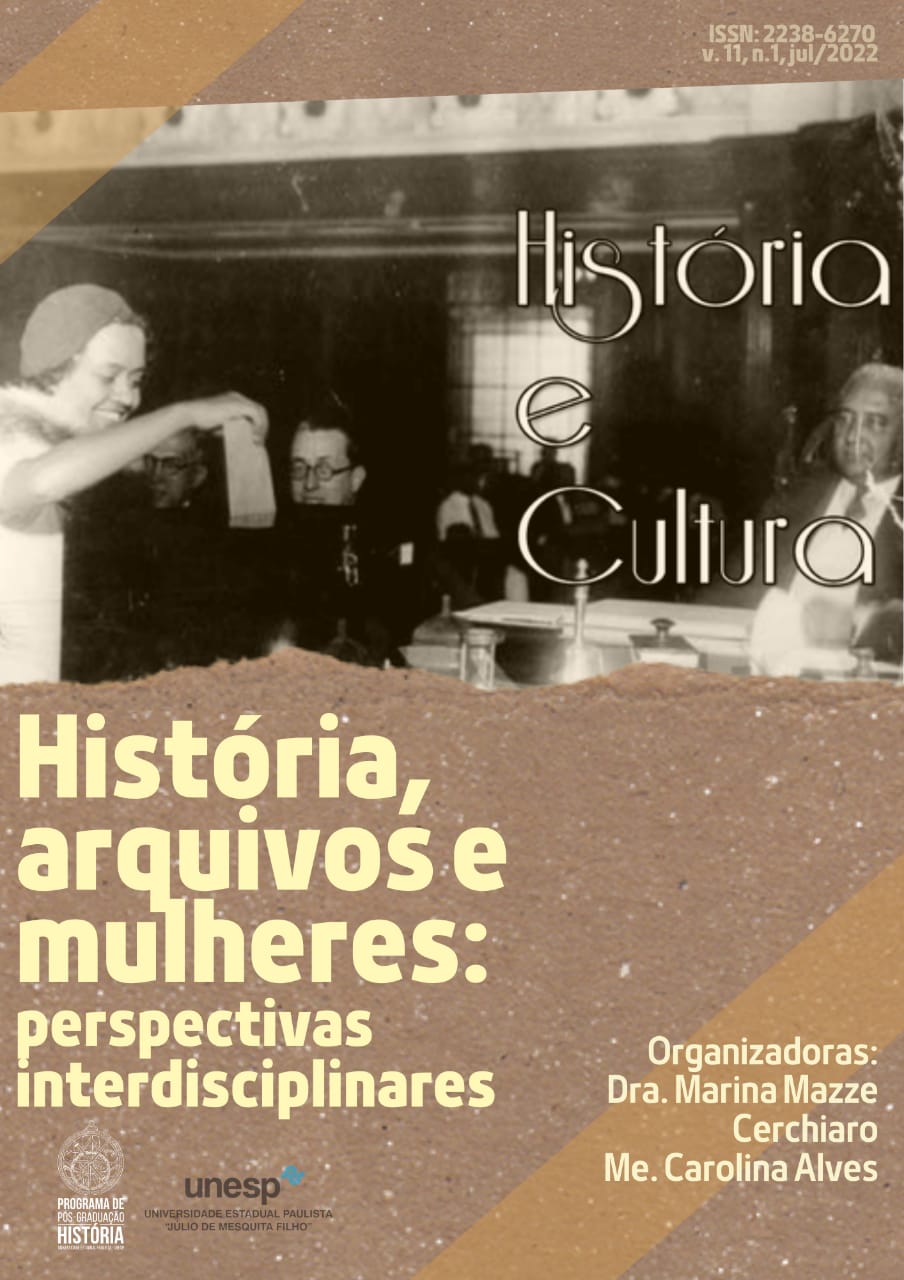GÊNERO, IDENTIDADE E REVOLUÇÃO NOS TEMPOS DE VARGAS
DOI :
https://doi.org/10.18223/hiscult.v11i1.3575Résumé
Procura-se contribuir para o entendimento da participação da mulher no projeto revolucionário brasileiro. O modelo analítico entrecruza a esfera pública e a privada, no cotidiano da casa e da rua, verificando os limites da atuação de mulheres que se fizeram públicas, por opções políticas, contrariando o esquema clássico de “homem na praça, mulher na casa”. Trata-se de uma micro-história, inserida no universo coletivo da luta revolucionária, focalizando um grupo de mulheres que se integrou em programas políticos complexos e heterogêneos de correntes revolucionárias de esquerda, em especial na prototrotskista. Com o objetivo de verificar os “entre lugares” ocupados pelo “segundo sexo” na luta proletária, esta reflexão é fundamentada em documentos existentes em arquivos da memória operária e da polícia política das décadas de 1930 e 1940.
Téléchargements
Publié-e
Numéro
Rubrique
Licence
Os(as) autores(as) são os detentores dos direitos autorais dos artigos encaminhados à Revista História e Cultura e fica autorizado ao periódico a publicação do referido manuscrito. O trabalho permanece licenciado sob a Licença Creative Commons Attribution CC BY 4.0, a qual permite o compartilhamento do material desde que a autoria seja devidamente atribuída e referenciada.

